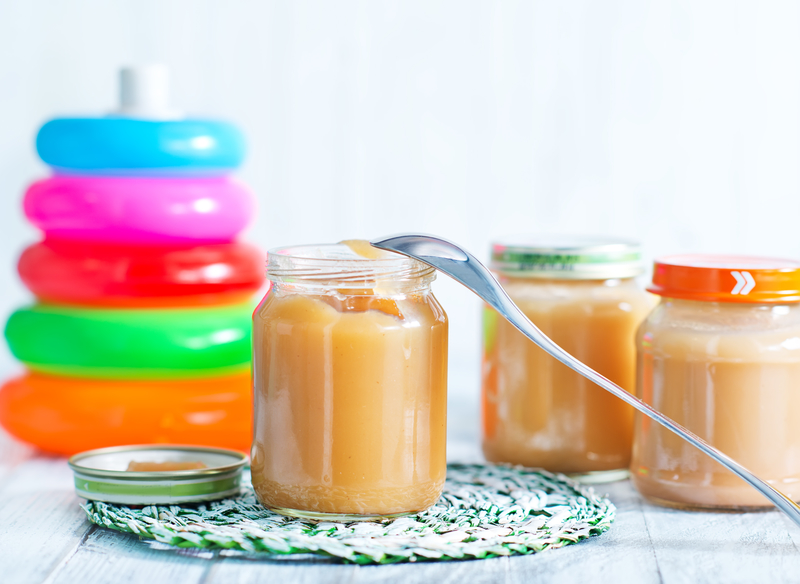The inclusion of more women in the workforce, though still relatively low, is one of the major socio-economic game-changers in parts of the Middle East. Many young mothers find themselves working alongside their male counterparts across different industries. This changing workforce dynamics impacts lifestyles including food choices and eating habits. For example, working mothers are increasingly relying on infant nutrition since exclusive breastfeeding and home-cooked meals aren’t always viable options.
Infant nutrition typically entails dried and ready food, specialty baby milk as well as milk for different age brackets ranging from a newborn up to the age of four. These products are not only necessary but convenient, holds significant nutritional value, and are packaged impressively.

The infant formula and baby food market in the MENA region is forecast to reach USD 8.59 billion by 2026.(Photo: Dreamstime.com)
Turkey tops infant nutrition market in the MENA region
The region’s infant nutrition sector is driven by growing disposable incomes at the hands of a burgeoning consumer base, rising economy, and high birth rate. The Middle East & Africa Infant Formula & Baby Food Market Forecast 2018-2026 report says the value of infant nutrition and baby food was at USD 3.98 billion in 2017 and is likely to reach USD 8.59 billion by 2026. The United Arab Emirates, the Kingdom of Saudi Arabia, Turkey and Israel are the key markets for these products, with the Kingdom accounting for the highest revenue piece in 2017. Despite considerable ban on women from working, many females continue to join the workforce, denting the longstanding breastfeeding tradition. Turkey is the largest market for infant formula and baby food in the ME region. Major players operating in this market are Nestlé S.A., Abbott Nutrition, The Kraft Heinz Company, Mead Johnson Nutrition Company, Plum, PBC (Plum Organics), Gerber Products Company, Beingmate Group Co Ltd, Baby Gourmet Foods Inc, among others.
However, one Euromonitor study shows that the marketing of baby food in the UAE is expected to face a considerable dry run as the country's Cabinet intended to pass a new resolution to encourage breastfeeding during the first six months of an infant’s life. Nestlé Middle East remained the leader in baby food in 2018, carrying global repute. It’s brands across UAE include S-26, Cerelac, Nan and Nido.
Arla survey: What mothers know
Some 6,000 mothers elsewhere across the globe were surveyed by dairy company Arla Foods in 2018. Coming from France, South Korea, China, the UK, US, Germany, and Indonesia, their profiles were: 18 to 45 years of age, with college degrees, and with children ages four or below, or were pregnant during the survey. For them, high quality (87%) was the most important factor in choosing the right formula milk, with health benefits (83%) at a close second. Product brand reputation (75%) and clinically documented ingredients (75%) followed respectively. The most recognized ingredient for them was lactose (66%), then probiotics (63%) and whey proteins (46%).
One of the key takeaways from the Infant Formula Ingredients Market: Competitive Landscape report was that while breastmilk held a considerable amount of whey protein, infant formula provides more casein protein, making it slightly difficult for the baby to digest the milk. That is why mothers are more cognizant of brands that offer formulas which contain whey protein as the main type of protein. Such brands often read ‘suitable from birth’ or ‘newborn’ or ‘whey dominant’. While both proteins aren’t singular and represent a set of different proteins, the distinguisher between them is their reaction to acid. Whey protein retain its liquid form when the milk coagulates, making it easy to digest and less prone to cause an allergy; casein proteins curdle, take longer to digest and is the primary source of milk allergies.
sneakers

 iConnectHub
iConnectHub
 Login/Register
Login/Register Supplier Login
Supplier Login


























